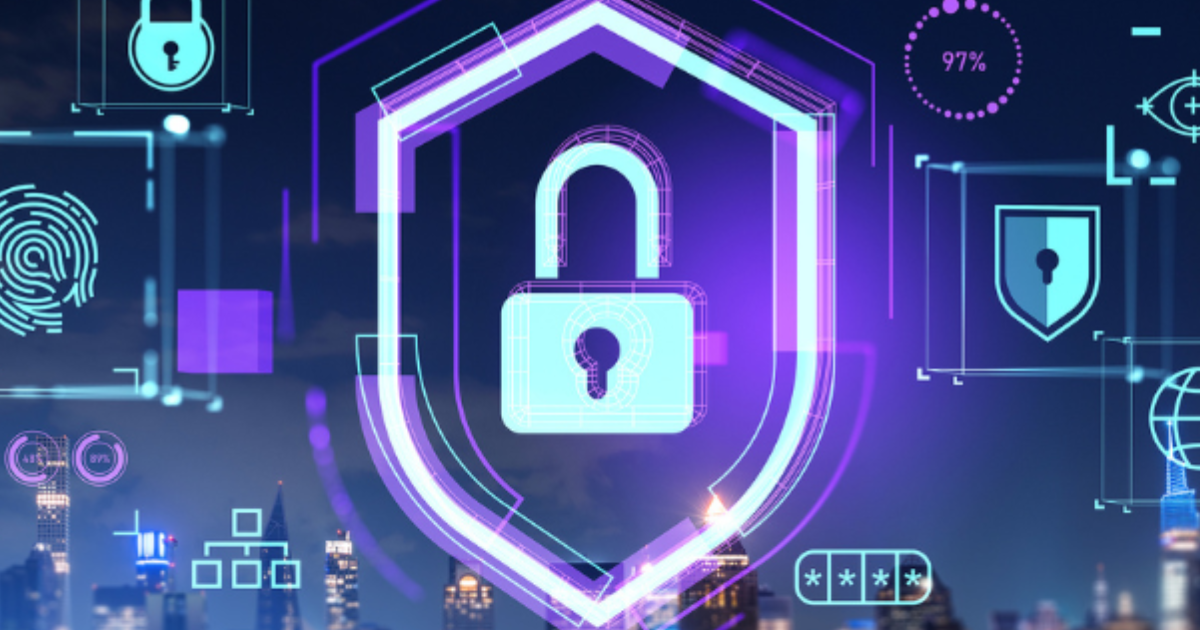Smishing is Becoming a BIG Problem! Learn How to Avoid It

Your mobile phone can be a source of threat if you don’t learn how to secure it. We now live in a mobile-first era where all online and offline activities are accessible at just a snap of your finger. Currently, 91.54% of the global population own a mobile phone. This outstanding technological innovation also helps organizations boost their return on investment. But with the recent trend in attacks hitting mobile phones, companies need to educate their staff about mobile device cybersecurity best practices. Most companies use mobile apps to facilitate mission-critical organizational processes.
Similarly, many companies encourage employees to use their phones for work-related tasks. This enables employees to access work-related resources, data, and email while away from the office. Smishing is one of the most prevalent and severe cyber threats to mobile devices. In 2020, research indicated that this type of attack cost the United States more than $50 million, and these expenditures are likely to increase each year dramatically. To top it off, smishing can also dent your company’s reputation through identity theft. Since mobile phones have become the fastest channel of cyber threats, everyone is in a never-ending battle. But there’s one small catch: there’s always a way out! Keep reading! You’ll learn more about smishing and how to avoid it.
What is Smishing?
Smishing is a social engineering attack that targets mobile or cell phones. Additionally, a smishing attack combines SMS with phishing. Phishing entails sending bogus emails to internet users to trick them into clicking on dangerous links. Smishing focuses on sending short text messages to achieve the same fraudulent goal of stealing data from people or companies. Smishing frequently influences people’s trust, emotions, and other social techniques to convince the reader to perform an unknown destructive action. As soon as the victim complies, malware may be downloaded, scraping all personal information on the device.
Unfortunately, the information could be for the victim’s employer, relatives, bank account information, etc. Once hackers get access to your data, they can monetize it or use it for malicious purposes. Cybercriminals are constantly searching for the most uncomplicated way to obtain more valuable data. Given that more than 70% of employees rely on their phones at work, mobile attacks may become unmanageable in the future. However, smishing is easy to combat at an early stage. And the basic way out of smishing is “Don’t Act Now.” There are a few more strategies to avoid smishing in the subsequent sections.
How to Avoid Smishing- Easy and Reliable Tips
The tips highlighted below have been proven effective for avoiding SMS-based phishing attacks.
- Avoid the eagerness to respond quickly: Remember that smishing preys on your emotions and that you may have just read a line that demands action. Try to comprehend the concept behind the message and confirm the sender after a brief delay. Do not reply, even if the message requested you to type “stop.”
- Avoid clicking on any links in text messages: Cybercriminals are highly intelligent in their exploits and are not restricted to a one-size-fits-all strategy. Maintain a cybersecurity mindset that discourages clicking on links, even when a communication appears legitimate and familiar.
Even if you are certain about the sender, you should verify the authenticity of the message by calling or visiting the sender’s website before clicking the link.
- Confirm every necessary detail of the message: Check the phone number, particularly if it seems foreign and weird. Some numbers can be four digits, e.g., 5000, 1000, etc.
If you are also nervous about the message’s content, copy and paste it into Google or any other search engine. Such a communication may have been distributed to multiple recipients, and you may run across a scam alert.
- Employ multi-factor authentication on your accounts: Setting up multi-factor authentication is an additional security precaution designed to protect your data and information in the event that you fall victim to smishing.
- Take a deep breath before responding to urgent messages: The urgent tone employed by most cybercriminals is one of the tell-tale signs of smishing. Avoid any unsolicited mail that includes phrases such as “limited time offer,” “click here quickly,” etc.
- Avoid sending confidential log in or passwords through text message: Financial institutions understand the impact of cyber threats. As a result, they never request your login credentials through a text message. Additionally, do not communicate critical information by text message.
Wrap Up
Cybersecurity is an unarguable pillar of every organization. You do not have to experience the repercussions of smishing before taking the essential steps. You should have already devised a plan to educate your employees on the effects of phishing and other cyber threats. Copperband Technologies can assist your company with mobile device management and security solutions. Contact us today to schedule a consultation! Call 931.263.8000 or reach us online.






